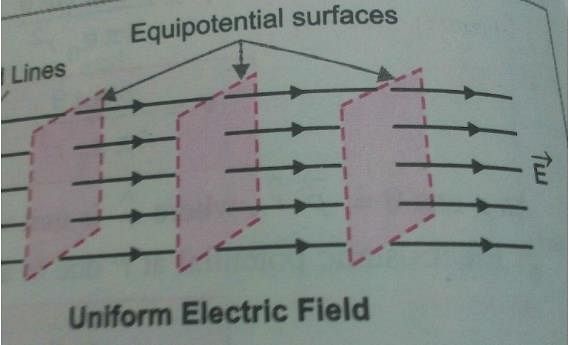Test: Equipotential Surfaces - NEET MCQ
10 Questions MCQ Test Physics Class 12 - Test: Equipotential Surfaces
For any charge configuration, equipotential surface through a point is _____to the electric field at that point.
Two equipotential surfaces have a potential of -10V and 90V respectively, what is the difference in potential between these surfaces?
| 1 Crore+ students have signed up on EduRev. Have you? Download the App |
Electric field is steepest in the direction in which the potential
The shape of equipotential surface for an infinite line charge is:
When a positive charge is moved in an electrostatic field from a point at high potential to a low potential, its kinetic energy
Shape of equipotential surfaces for a uniform electric field along x-axis are
The value of electric field vector along the surface of constant potential of 100 V
The amount of work done in moving a unit positive charge through distance of 10 cm on an equipotential surface is
|
98 videos|387 docs|104 tests
|


















